Agatha Christie Books in Order of Most Deaths

Come on a journey to the spine-tingling universe of murder mysteries as we explore captivating whodunits and rate Agatha Christie books in order of most deaths. Step right up and discover the hidden gems, shocking turns, and nail-biting cliffhangers that have crowned Agatha Christie the one and only ruler of the mystery genre.
Get ready to be spellbound as we delve into her ageless masterpieces and uncover the best Agatha Christie books. Buckle up and hold on tight for a nail-biting adventure into the mysterious and captivating psyche of the one and only Agatha Christie!
Add a header to begin generating the table of contents
Agatha Christie Books in Order of Most Deaths
For now, these are our best Agatha Christie books in order of most deaths. Our top book is the greatest murder mystery ever written, and we think most Christie fans will agree.
1. And Then There Were None
No. of Murders: 21
The first book in Agatha Christie books in order of numbers of death is not surprising at all. And Then There Were None has the record for the most murders in a single novel with 21 total killings (both on-screen and off).
I don’t know where to start with my review of this book. I have put off writing this review for so long that I am sure to make a mess of it, but here goes anyhow.
I need to come clean about something first. I’ve never read an Agatha Christie novel before before picking this one. Ever. Truth be told, I’ve never even picked up one of her books.
I know that was shocking and shameful, but I’m making amends now. I acquired all of her works, including the Hercule Poirot series in its whole. This book may not have been the best choice to begin with.
My expectations were so high after reading this book that I was slightly disappointed when I read a couple of her other works and couldn’t give them as high of a rating.
Now, though, we must return to this book: And then there were none which is often helmed as one of the best Agatha Christie books.
Chapter after chapter, as the original 10 visitors gradually disappeared, I found myself pointing at a different possible culprit.
A novel with all the elements necessary for commercial success: intrigue, mystery, murder, drama, action, and enough of unexpected turns to keep the reader guessing.
After being brought to an island by their mystery host for various reasons, ten strangers find themselves under suspicion of murder. They quickly come to terms with the fact that they are trapped on the island and begin opening up about their pasts and sharing their darkest secrets with the others.
With the help of a nursery rhyme called “Ten Little Indians” that was posted in every room of the home, the host is determined to exact revenge on his guests for their misdeeds.
As soon as I completed it, I immediately downloaded the new BBC series based on the book and watched all of it in one sitting.
An excellent ensemble was chosen to portray these multifaceted people, and while there were some alterations I wished hadn’t been made, the film was nonetheless a faithful adaptation of the novel.
Strongly suggested; my only regret is that I didn’t start reading Agatha Christie sooner.
2. Death Comes as the End
No. of Murders: 8
The sole historical mystery by the Queen of Crime, situated in one of my favorites eras and places (ancient Egypt), is Death Comes as the End. It stands second of the Agatha Christie books in order of most deaths. Although I had read this before, it had been a long time and I had forgotten many details, including the identity of the murderer.
Miss Marple, Christie’s elderly lady detective, solves crimes by applying what she knows about human nature, which she feels is constant no matter where one lives.
The characters, their natures, their goals, and their aspirations all seem to be the same in this tale as they were in 2000 BC.
Christie credits Professor Stephen Glanville (to whom the book is also dedicated) with suggesting (more like forcing on her) the idea of the setting by providing her with a wealth of potential source material, from which she ultimately chose letters written by a fussy father, annoyed with his sons and instructing them on what to do (Autobiography, p. 514).
She used these as inspiration while making up the book’s family.
Our protagonist, Renisenb, is the newly widowed daughter of a Ka-priest (a priest of the afterlife) named Imhotep. She and her daughter Teti have moved back to their hometown, and she expects to find everything the same as it was before she got married and moved away.
Despite being a third-person narrative, most of the book is told from Renisenb’s point of view.
Despite Renisenb’s initial insistence that nothing has changed, she soon begins to see the people around her in a new light, including her once-awesome father as pompous and a little foolish, her bickering sisters-in-law (though she now realises that, at least until Nofret, her father’s new concubine, arrives, this is all in good fun and does not cause any real harm), and Henet’s true motives.
There’s a romantic undercurrent, as there usually is in a Christie novel. Khameni has instant feelings for Renisenb, and she appears to reciprocate. In the midst of everything that’s occurring, does she manage to find a second chance at happiness?
I thought the mystery was intriguing, and as usual with Christie, she led me astray in my speculations. There is more than one fatality in this one, and the more time passes, the more puzzling it all becomes.
Although I had read this before, I had long since forgotten the answer, and I was relieved to be caught off guard once more by Christie. [In her autobiography, she says that she consented to change the conclusion, although a minor detail, but later came to regret the decision; however, she does not reveal the nature of this change, so the reader is left in the dark.]
I also found the setting to be rather appealing. There are boats on the Nile in the background, Imothep’s fields, a variety of rites performed, such as pleasing a deceased family member to avert the evil that has befallen the family, and food, which Esa particularly appreciates.
I was surprised by how little detail there was regarding the house’s actual construction, but Christie’s autobiography explained why: she had a hard time obtaining specifics on the house’s design and construction, despite constantly badgering Stephen Glanville for them.
Still, I thought that, on the whole, it did give me the “feel” of being in Egypt, which added to my enjoyment. A refreshingly unique take on a familiar subject.
3. Curtain: Poirot’s Last Case
No. of Murders: 7
If not for ‘And Then There Were None’, and I would solely rely on my memory, Curtain would be placed at top in the Agatha Christie books in order of deaths/murders. I have already posted a detailed review of Curtain here.
Curtain was initially released in 1975, but it was written during World War II in the 1940s. Although Agatha Christie had planned for it to be released after her death, her publishers convinced her to get it out in 1975 so that it would be available in time for the holiday season, earning it the nickname “Christie for Christmas.”
This novel marks a full circle for Poirot and Hastings as they return to Styles, the setting of their very first case together. In the present day, Poirot is an elderly man (just how old he is is not mentioned; I assume if you go by the chronology of the novels he must have been about 120, but there is no need to be too accurate) who is on the verge of death. Hastings narrates this whodunit. He feels terrible about the toll that time has taken on Poirot.
Curtain is a deeply melancholy novel. Poirot’s death is tragic since the murderer, X, appears to have gotten away with his crimes. And it’s doubly tragic because Hastings is in such a wistful, morose mood right now, what with grieving the loss of his wife and everything.
One of his children, Judith, a reclusive 21-year-old, is currently staying at Styles, the assistant to Dr. Franklin, who is conducting research on tropical diseases. She has contempt for her father’s romantic and antiquated views and feels betrayed by his constant meddling in her life.
Even the environment is sad. The former owner of Styles has sold the property and is using it as a bed and breakfast. The road is now overrun with weeds, and the home is in desperate need of paint.
But it also serves as a fascinating mystery. Poirot knows that X is a killer in the Styles building, but he won’t inform Hastings since Hastings’s face would give him away if he knew. Poirot is certain that X will commit murder again, but he has no idea who X will target.
While he is unable to leave his wheelchair, he requests that Hastings act as his eyes and ears. He also provides Hastings with newspaper clippings detailing five separate murder instances. Although X was linked to each of the victims, it appears that he or she had no reason to kill them.
Hastings is mystified and begins to mistrust each guest at Styles in turn. The owner of Styles, Colonel Luttrell, accidentally shoots his wife, but she only sustains minor injuries and survives. Then Barbara, Dr. Franklin’s wife who had been under Nurse Craven’s care due to her anxiety, is found dead, having been poisoned by one of the hazardous compounds he has been studying.
Guests continue to turn up dead, and now it’s Stephen Norton’s turn. He was found in his locked bedroom with a bullet wound in the centre of his forehead. It appears to be a suicide, but Hastings recalls a similar sight from his past.
Despite the fact that the mystery remains unresolved after Poirot’s death, this is one of my favorite Agatha Christie novels because of the surprising finish. It’s a dramatic conclusion to both the novel and Poirot’s life.
4. The ABC Murders
No. of Murders: 4
I’ve said it before, and I’ll say it again: if you’re feeling down about your reading life, pick up an Agatha Christie. After putting off reading for so long, I felt I needed to do something extreme to get myself back into it after finishing Monsters. On Sunday, I listened to the entire audiobook edition of The A.B.C. Murders which stands number 4th of the Agatha Christie books in order of deaths.
As I updated my Instagram for the week and went about my usual weekend activities, I listened. Listening to an Agatha Christie audiobook is a sublime experience. A good audiobook can make you feel even more at home, not that reading it on your own isn’t wonderful.
Whatever the case may be, as soon as I completed, my outlook on life and literature improved greatly. Now that I’ve refreshed myself, I’m determined to finish a couple more books this month.
Serial killers have a certain pattern to their killings. In most cases, they will not act irrationally or choose their victims at random. Serial killers carefully select their victims, often based on shared characteristics, past experiences, or even gender.
With the possible exception of ABC in Agatha Christie’s mystery. When the dead start piling up, it seems like the only thing the victims had in common was that they were all murdered. The killer doesn’t even kill everyone with the same weapon. Fortunately, Hercule Poirot, a retired detective, and his friends Colonel Hastings and Chief Inspector Japp are on hand to help figure out what happened.
Hercule has been persuaded to come out of retirement to investigate murders before. Now that the killer is sending him letters announcing his crimes in advance, he feels compelled to act. Poirot learns in the first letter that a crime is about to take place.
On the day in question, Andover tobacco shop owner Alice Ascher is murdered. Poirot immediately makes the connection between the deceased and a copy of the ABC Rail Guide that the police found nearby.
Waitress Betty Barnard is killed on Bexhill’s beach, and afterwards Sir Carmichael Clarke is found shot to death in his Churston house. There is definitely a trend developing. Can Poirot solve the case before the murderer reaches the letter D?
It’s not hard to see why The ABC Murders is consistently ranked among the top Agatha Christie novels. It has a really distinct vibe from the rest of her works. The story is delivered in both the first-person and the third-person perspectives, for one reason.
In order to make up for the holes in his own story, Colonel Hastings reconstructs the third person for The ABC Murders. It’s a novel take that improves the proceedings by increasing their realism. It makes Hastings’s story sound more like a report or official account. Are there parts that feel awkwardly put together?
But it does differentiate this book from the rest of Christie’s oeuvre. Not to mention that strange bbc adaptation, her books have an odd structure, however she has used this method before in The Man in the Brown Suit.
Obviously, the structure isn’t the only thing that makes this enjoyable. This is one of her more complex mysteries, though. While this novella may not include the most intractable mystery ever, Christie does her best to conceal the truth.
The ABC component is a fantastic journey, and there are many excellent red herrings. There have been more shocking turns in her writing, but this one stands out. Red herrings, if you will. I suppose, in its own way, it is iconic.
The journey is more essential than the destination in this Poirot mystery. It’s thrilling to see the great Belgian go up against a mysterious serial killer, who serves as a worthy adversary in the vein of Moriarty.
Too many of Hastings’ asides focus on the difficulties of being a gorgeous young woman, which has always bothered me. The novel is saved from being ruined even by this flaw.
One of Christie’s finest, this novel offers something for fans of all of her genres. It provides a challenge, features well-developed and interesting characters, and is a lot of fun to read. A quick read, but one that can leave you scratching your head.
Of course, Agatha being Agatha, you can rest assured that she will handle everything perfectly. The answers to puzzles are always as easy as a, b, c in the end.
5. Elephants Can Remember
No. of Murders: 4
In this novel, Elephants Can Remember, a general and his younger wife, Margaret, took a stroll to the cliff above their Overcliff home many years ago. Soon after they both were discovered dead from gunshot wounds. There was no trace of anyone having come near them.
Either the General shot and killed his wife, or his wife shot and killed him. The investigation was never closed, but the perpetrator has already been punished for what amounts to murder rather than a suicide pact.
Ten years later, when the couple’s daughter is getting married and the future mother-in-law is determined to know the truth, she contacts Ariadne Oliver about the case.
Celia Ravenscroft, being Ariadne’s goddaughter, agrees, though she wonders if anyone alive today can recall the events with any degree of accuracy after so much time has gone. Thankfully, she has a friend who is willing to lend a hand. Suggestion: he has Belgian roots.
When I’ve brought up this book in conversation with other bloggers, the typical response has been something along the lines of “Ugh!” This, Christie’s last Poirot story (at least for now), has received negative reviews. Yet to come came the Postern Of Fate, which has a reputation for being terrible. And with good cause.
Paralleling Nemesis’ focus on recollection is this novel’s protagonist, Ariadne, and her quest to track down “Elephants” who retain fragmentary memories of events from the previous decade.
Some inconsistencies in the text might be explained if Christie was worried about her own memory loss and possibly suffering from onset dementia when she wrote it. On the other hand, you could argue that the characters in the story do not have perfect recall and it is their mistakes. Possibly…
But such slip-ups aren’t the ones to criticize. The plot, or lack thereof, should be criticized. A good short tale idea occurred to me while reading it when the same person was repeatedly questioned about the same occurrence with no new information being provided. In any case, it is brief; my copy has only 160 pages. Unfortunately, I had to retract my earlier statement. Simply put, it’s a terrible short story. It’s a truly awful idea.
Once you learn about one character, everything is blatantly evident and no longer has any suspense. Instead, it takes forever to figure out what happened next, and I refuse to think that Poirot is the only one who solved it. I mean, come on…
6. Mrs. Mcginty’s Dead
No. of Murders: 4
The last book in the list of Agatha Christie books in order of most deaths is Mrs. McGinty’s Dead. James Bentley fatally shot Mrs. McGinty, his landlord. He struck her over the head and took her money after returning home late one night. Her blood was discovered on his coat, sealing the deal.
The jury undoubtedly agreed, and he was found guilty and put to death despite his protests. Only Superintendent Spence, the head cop on the case, had any doubts about the outcome. He has no authority to restart the probe… but he has a smart acquaintance who might be convinced to assist.
To get to the bottom of things, Poirot travels to the nearby town of Broadhinny. A cunning killer who is ready and able to strike again is difficult to apprehend when no reason can be found.
Mrs. McGinty’s Dead, written in 1952, is Agatha Christie’s first Poirot novel in four years (out of, I think, thirty-three total). It is common knowledge that Christie, like Doyle, grew bored with her magnum opus.
In 1932–1963, when she authored nine books, eight of them featured the small Belgian sleuth Hercule Poirot. Is this a sign of inevitable decay or a stroke of genius?
Now that Christie was writing just about one book a year, maybe they were all worth the wait. Indeed, such was the situation here.
Christie is often criticized for having flat characters, but the suspects in this case are anything but. The prose is sharp, and there are some humorous moments, notably when describing Poirot’s antics in the seedy inn where he’s staying.
The murderer is cleverly concealed, but the clues are there for the perceptive reader to find. You could argue that a portion of the solution is reminiscent of earlier books, like a certain Miss Marple book from 1942, but I don’t think it’s done so obviously here because there are multiple of them rather than just one.
Also, don’t try to figure out what I mean by that mildly cryptic statement because it could give away a plot point from one of the books. You’ll probably understand if you’ve read them.
There is also a charming red herring figure, about whom I will say no more.
Not yet raving about the need to include her Swedish detective in all of her works, but definitely letting Christie get something off her chest regarding stage versions of her books, Christie’s alter ego Ariadne Oliver makes an early debut here.
A few nitpicks? Poirot’s lowest moment of idiocy will be discussed in a subsequent review, although advising one character not to be so foolish might have saved her murder.
In that case, what do we have here? One of Dame Agatha’s finest works, and a great mystery story.
Honorary Mentions
Agatha Christie’s list of notable and memorable work doesn’t end here. After starting her journey with The Mysterious Affair at Styles, which was later adapted for a stage plat Moustrap, she moved to writing cult classics like The Murder of Roger Ackroyd and the train murders like The Murder on the Orient Express and The Mystery of the Blue Train. She also wrote stories with amazing scenic backgrounds like Death on the Nile and Murder in Mesopotamia.
She later moved on to writing a collection of short stories and a bunch of romantic novels under pseudonym Mary Westmacott. Agatha Christie held the record of being one of the few authors who sold more than a billion copies worldwide.
More by Agatha Christie
- A Haunting in Venice – Not A Book Adaptation
- And Then There Were None Show on BBC (2015) – The Ultimate Whodunit
- ‘Curtain’ Poirot’s Last Case (1975): The Unthinkable Truth Behind Curtain
- Death Comes as the End (1944): The Shocking Truth Behind Ancient Egypt’s Deadly Mystery
- The ABC Murders (2018): The ABC of Strange Adaptations
Disclaimer: This blog post may contain affiliate links. If you click on these links and make a purchase, The Crimson Books may earn a small commission at no additional cost to you.
About the Author

James Robinson is a voracious reader who has been captivated by the magic of books since childhood.
With a background in journalism, he has honed his skills in writing insightful and engaging book reviews.
James has a particular interest in historical fiction and non-fiction, delving into the pages of the past to uncover intriguing stories and perspectives.
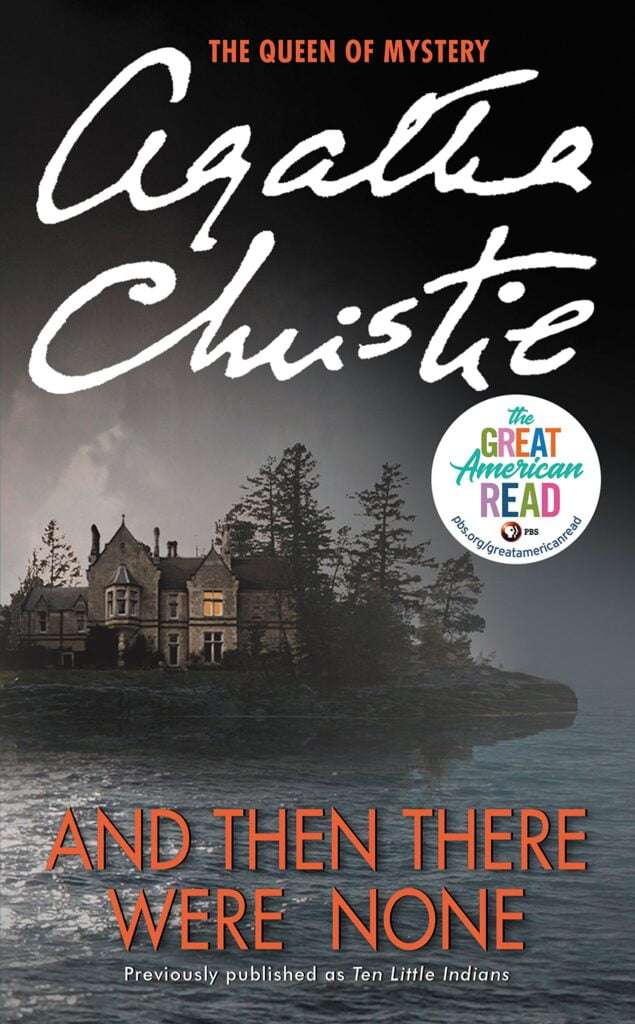
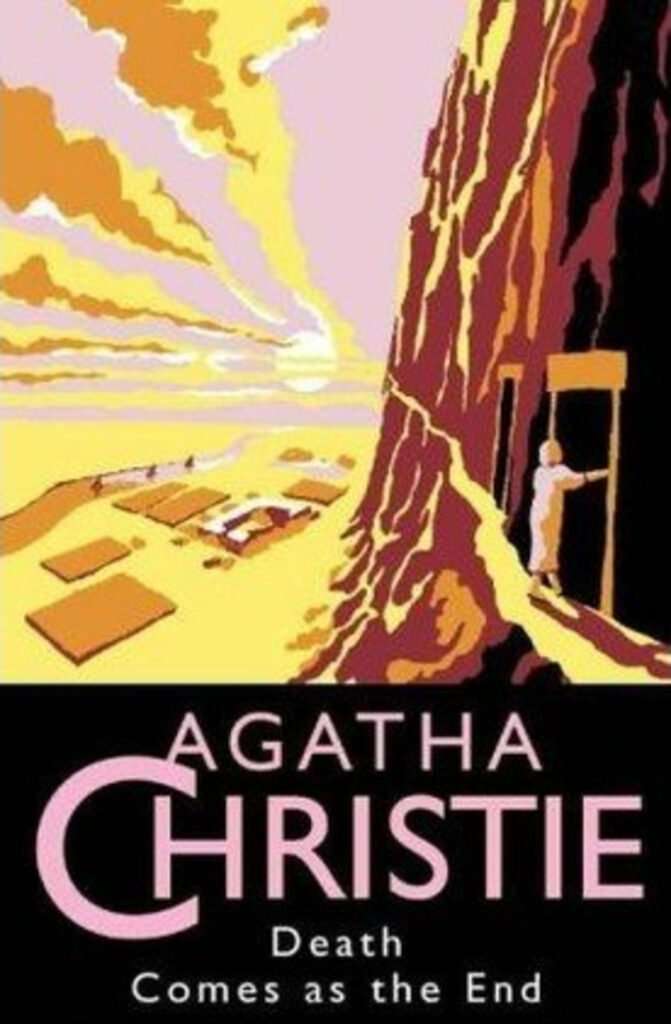
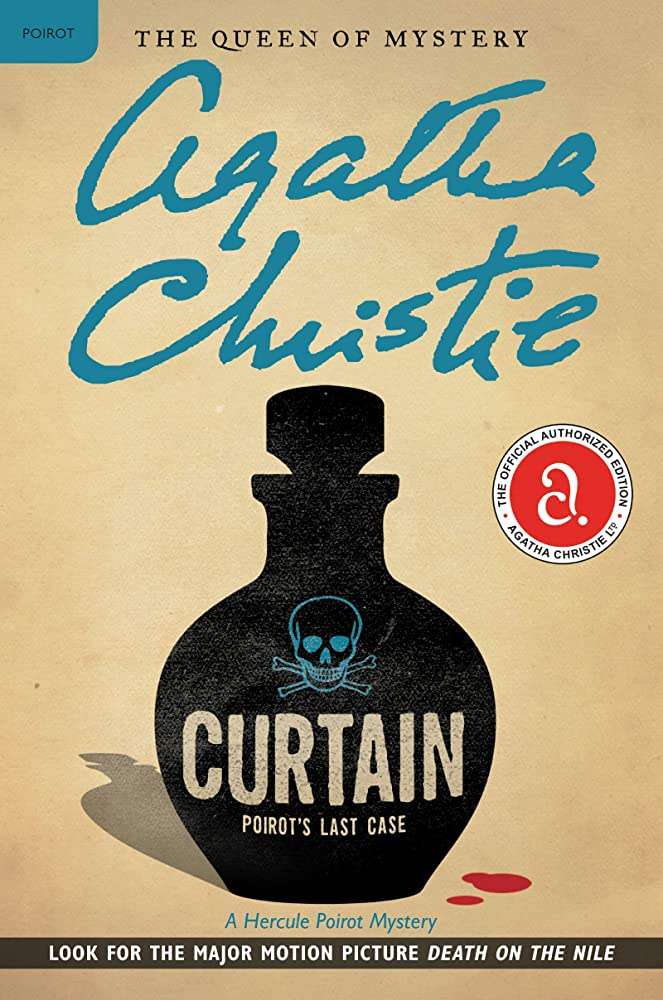
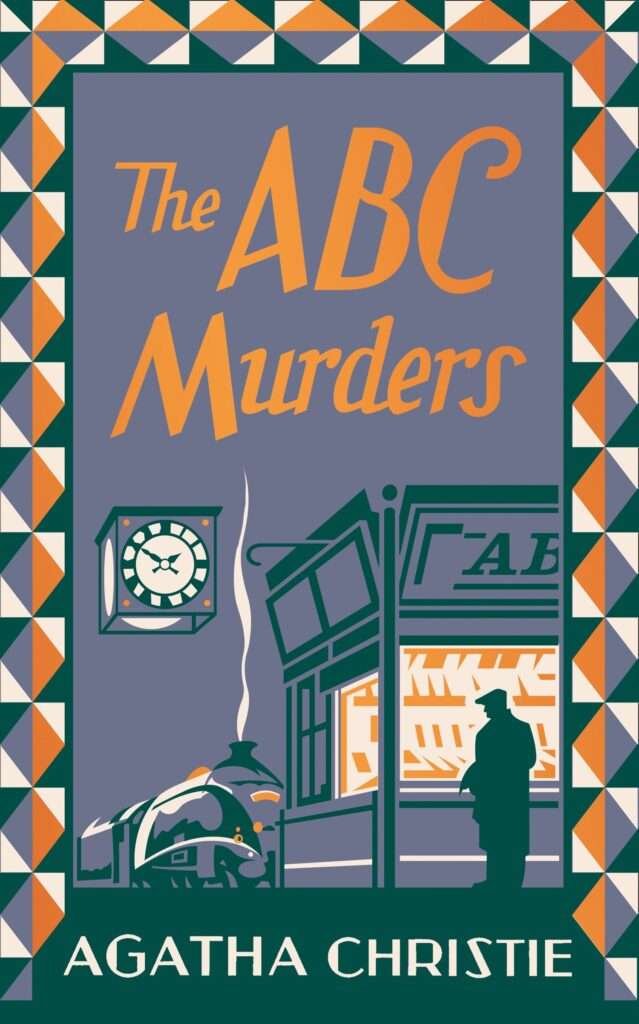
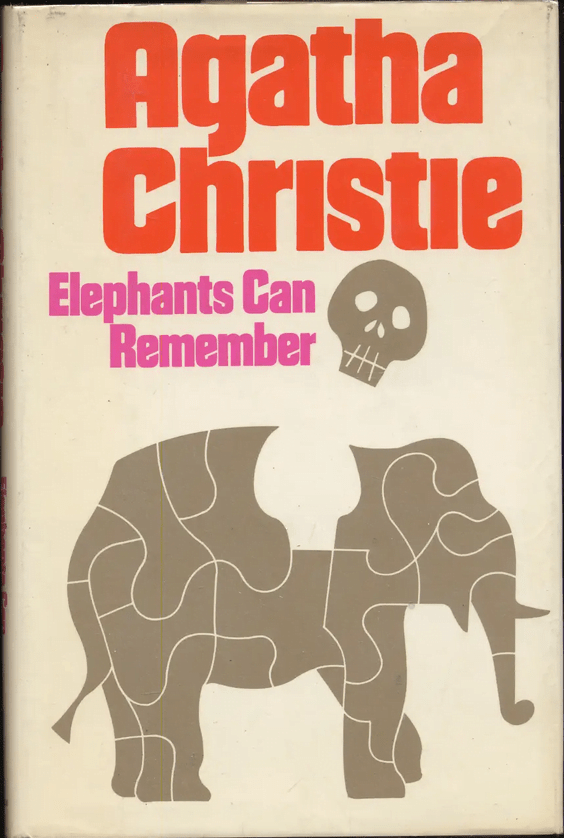
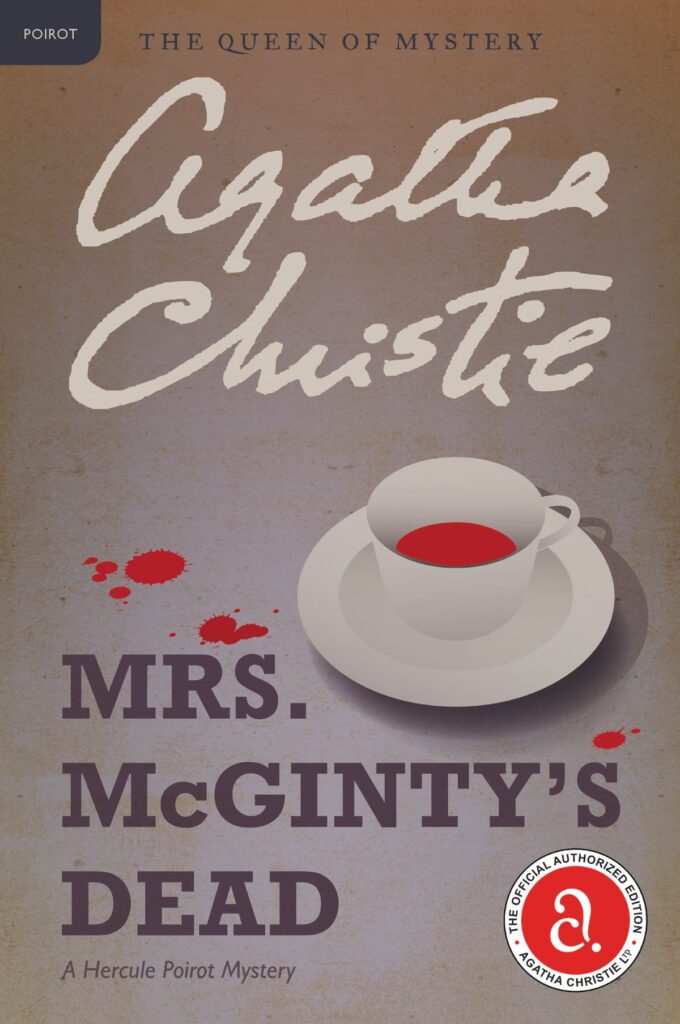






2 Comments